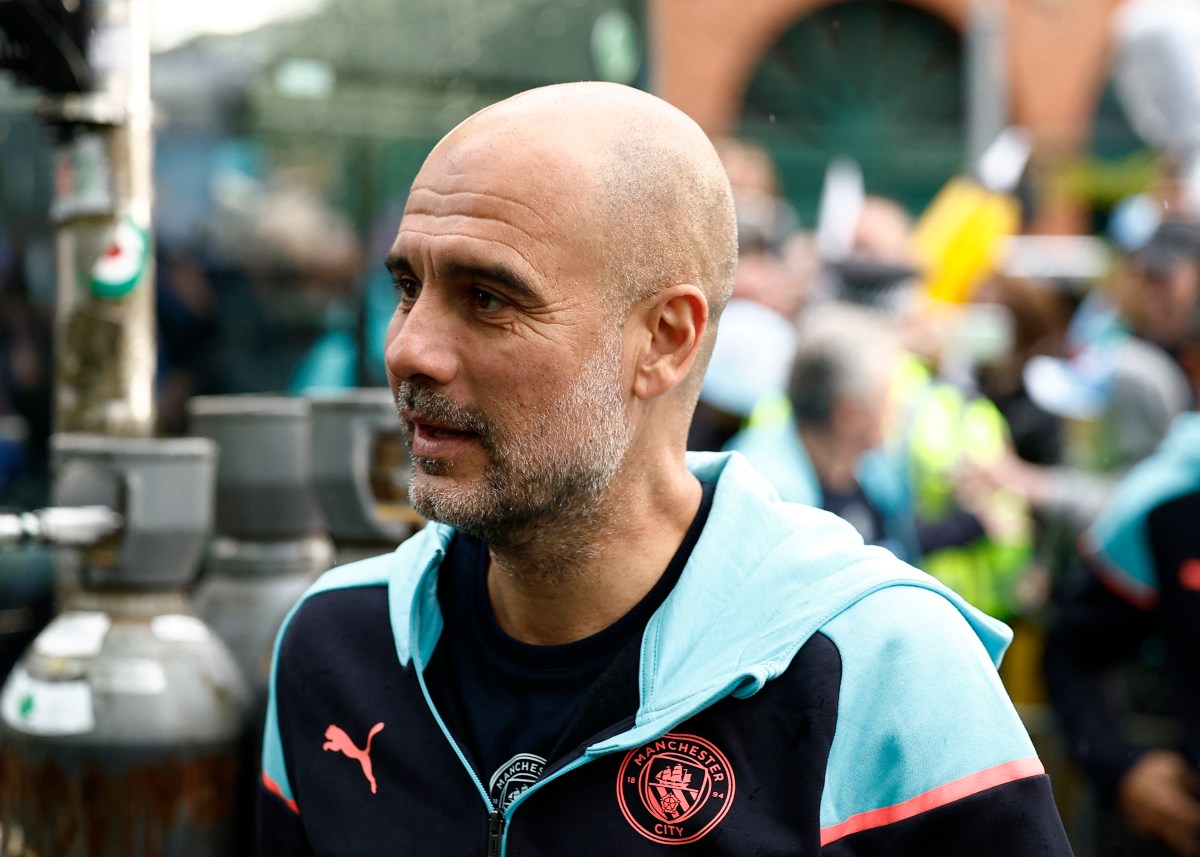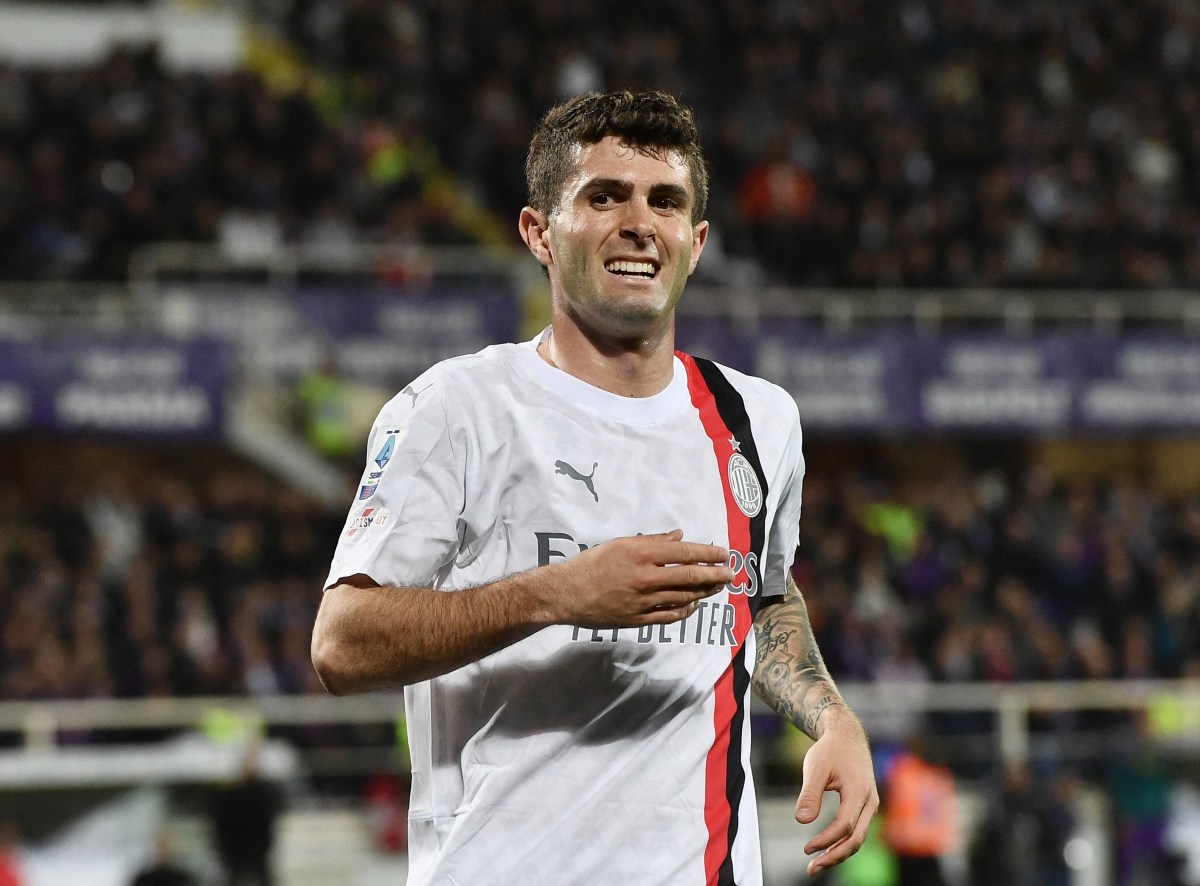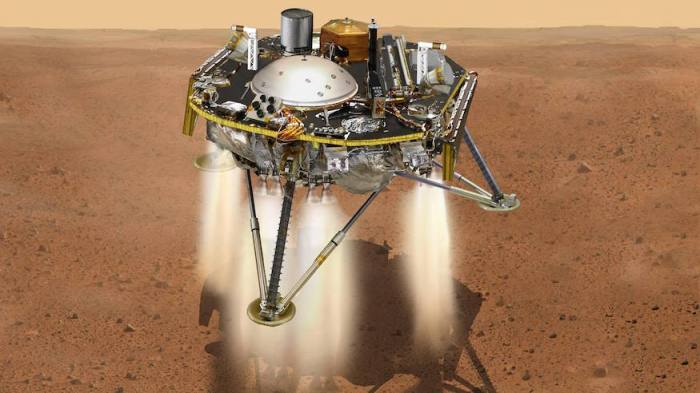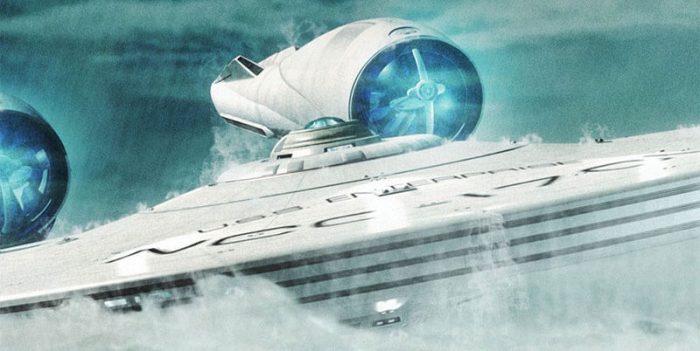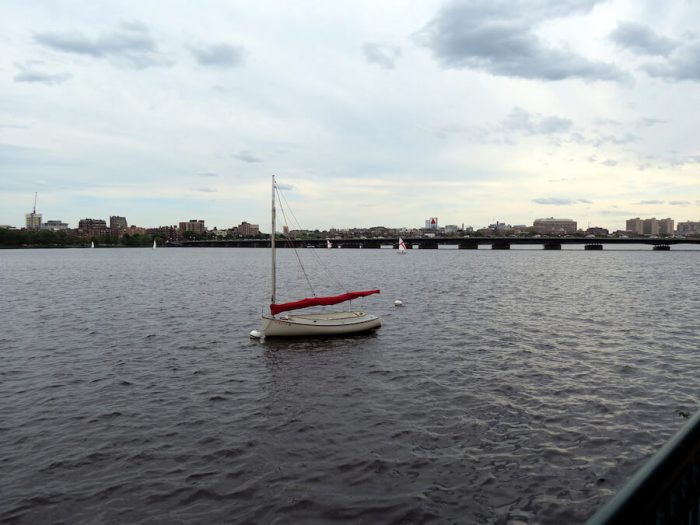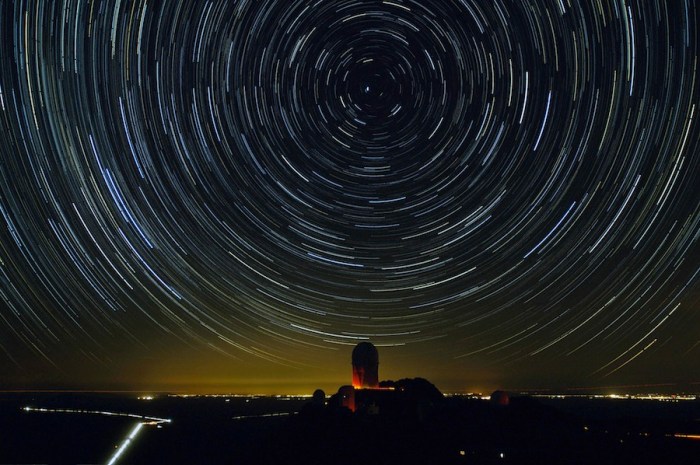There are a lot of problems to solve when it comes to exploring outer space, so sometimes even NASA needs help. That’s why the space agency asked college students across the country for solutions to out-of-this-world problems as part of its program called Micro-g NExT.
This weekend, a team from Wentworth Institute of Technology in Boston will head to Houston to test what they came up with. Thirty-one teams in total are testing their efforts at the NASA Johnson Space Center. Wentworth is the only New England school represented in the program.
Micro-g NExT, which stands for Micro-g Neutral Buoyancy Experiment Design Teams, is a NASA program that challenges undergraduate students to design, build and test a tool to solve a “current space exploration challenge,” according to the agency.
Students had a choice between a few challenges to solve this year. The Wentworth students tackled the task of designing a device to collect “subsurface samples” from a celestial body.
“We’re designing tools for the next generation of astronauts that are trying to take samples from asteroids, Mars, the moon, anywhere where there’s low gravity,” said Anthony Duva, a Wentworth professor and the team’s faculty advisor.
These samples need to be collected by drilling 8 inches down into rock. They help NASA understand the history of the celestial body and its internal structure.
It’s a challenge for a few reasons, explained Kristen Lundebjerg, a Wentworth mechanical engineering senior on the team.
“You’re limited in the size that you can carry [on a space exploration],” she said. “And you’re in microgravity, so the pieces will float around. Everything has to be tethered so that it’s usable.”
The team’s design will be tested in the space center’s Neutral Buoyancy Laboratory, a 6.2 million gallon indoor pool that NASA uses to simulate space’s microgravity for astronaut trainings.
Though the concept sounds simple, it has high stakes, Duva said.
“You’re trying to cut rock, so you’re going to need a sharp tool, but you have to come up with creative ways so the astronaut doesn’t cut their space suit,” he said. “If the spacesuit is cut, they die.”
Lundebjerg and her classmates test their design — which she said uses a commercial pneumatic drill with tether points and 3-D printed rubber “grabbers” to hold the sample, so it doesn’t get shaken up — next week. NASA will provide data and feedback so the students can make any adaptations necessary, and they’ll submit a final report to NASA by June 7.
This program doesn’t just help college students get real NASA experience — they’ve been advised by NASA mentors, will be meeting with astronauts and will see the testing themselves. It also helps NASA, who can take bits and pieces from the different student designs to find a real-world solution.
“However many teams are [testing] subsurface sampling, we all came up with a different design idea,” Lundebjerg said. “[NASA engineers] have the opportunity to combine all the ideas and make something great out of it.”




